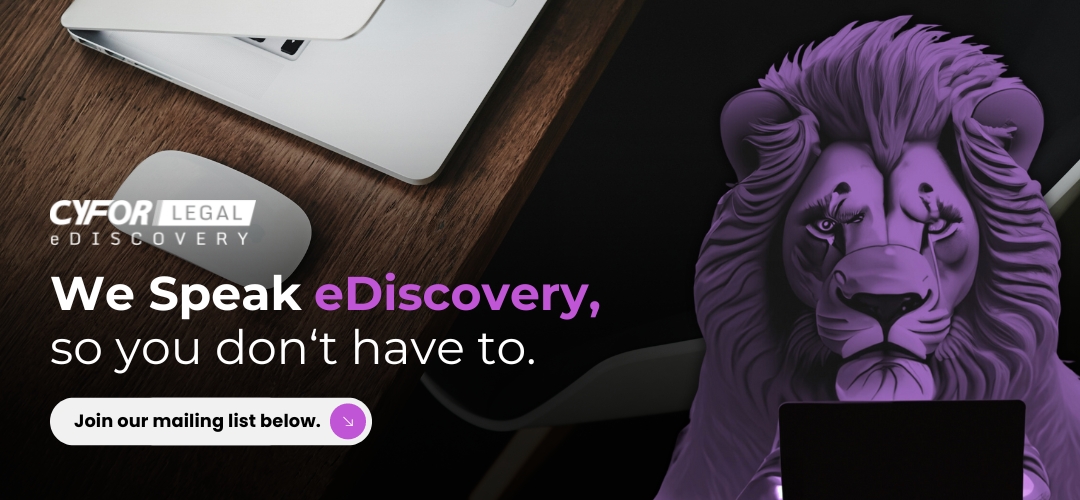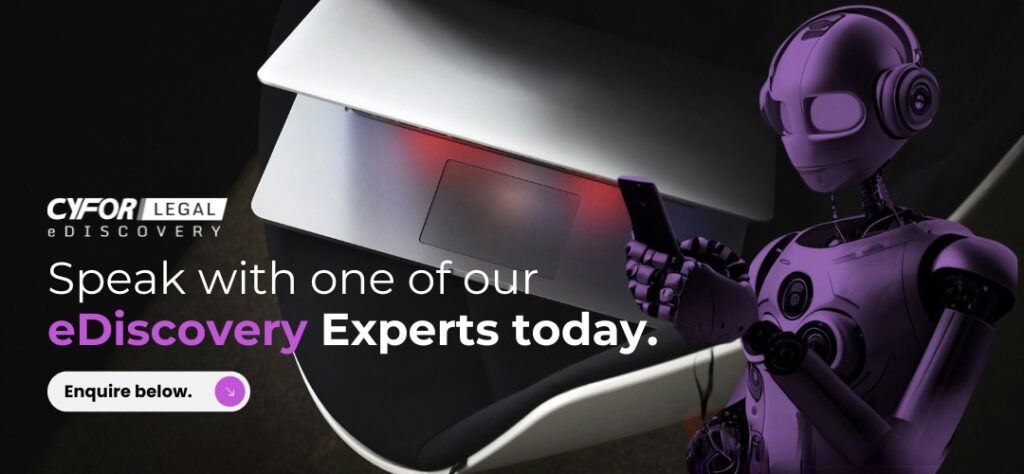Digital forensics is a prominent force within the legal environment, more so in civil litigation.
Civil litigation can employ multiple digital forensic techniques, such as Mobile phone forensics, computer forensics, cell site analysis and audio-visual forensics. These are all indispensable tools that are commonly used within criminal investigations. They can provide admissible evidence to ascertain the facts for prosecution and defence. These techniques are predominantly wielded by independent digital forensic experts, who are instructed by criminal lawyers. However, many of the police constabularies have specialist in-house investigative units.
Criminal Investigations.
Within criminal matters, these digital forensic investigations tend to cover a range of offences ranging from indecent imagery, drugs, and murder to name but a few. When a criminal prosecution case involves computer forensics, the intention is to locate enough data to find the defendant guilty in court. Here, the standard for the information presented tends to be high. The focus of these digital forensic techniques tends to lean more towards criminal matters. However, there are many opportunities to utilise these applications within civil matters and litigation.
Civil Litigation and Investigations.
Firstly, in the traditional manner, the civil aspect covers an array of violations outside of the criminal spectre, namely ‘white-collar crimes’. These typically cover a variety of crimes committed through deceit and are motivated by financial gain. Including fraud, bribery, tax evasion, intellectual property theft, computer misuse and commercial disputes. The losing parties within such disputes often must give payment, property or services to the prevailing party as imprisonment is not at issue within civil cases.
The Process.
Within civil litigation, parties also typically negotiate extensively regarding which digital evidence, computers, and data they can inspect, as well as the timing and location of such inspections. It is common for one party to have access to a limited area of data from the other party’s computer.
During this time, a defendant may take the opportunity to attempt to hide or destroy data. This is where a computer forensic expert can come into play, employing specialist techniques to recover the ‘lost’ data. Expert witness testimony can further utilise the act of deleting data and the deleted data itself as evidence. However, a missed item of digital evidence can be the difference between a substantial jury verdict, and the dismissal of a case.
Employment and Initiating Pro-active Forensics.
Organisations are increasingly aware of the fact that if an employee discrepancy occurs at a late stage. Here, considerable damage can be inflicted, and costs can spiral out of control. If an employee has access to sensitive information, then proactive forensics prepares the employer for unforeseen employee indiscretion. And, can be used as evidence in court.
Proactive forensics is a technique whereby organisations instruct a digital forensics specialist to forensically ‘image’ employee laptops and devices when they leave the business. A forensic ‘image’ is effectively an exact copy of the data stored on a device. And, can be relied upon as evidence if a matter were to be taken to court.
Data Analytics.
Data analytics involves the examination of ‘big data’ with the purpose of ascertaining conclusions about that information within a relevant matter. Within civil litigation, data analytics is used by companies and organisations to process vast amounts of data. Establishing hidden patterns, correlations and interactions. A digital forensic or eDiscovery expert will use a sophisticated platform such as Nuix or Relativity to process such information. Utilising these review platforms are critical in finding the relevant information quickly and efficiently. And, can tip the balance for a successful outcome within litigation.
In conclusion, it is apparent that we should not overlook digital forensic techniques usually associated with criminal matters when considering civil matters. The various and specialist digital forensic techniques are a powerful medium to uncover important data. Data of which can be key to a successful outcome within civil litigation.
Explore our complete sectors and solutions suite here.




